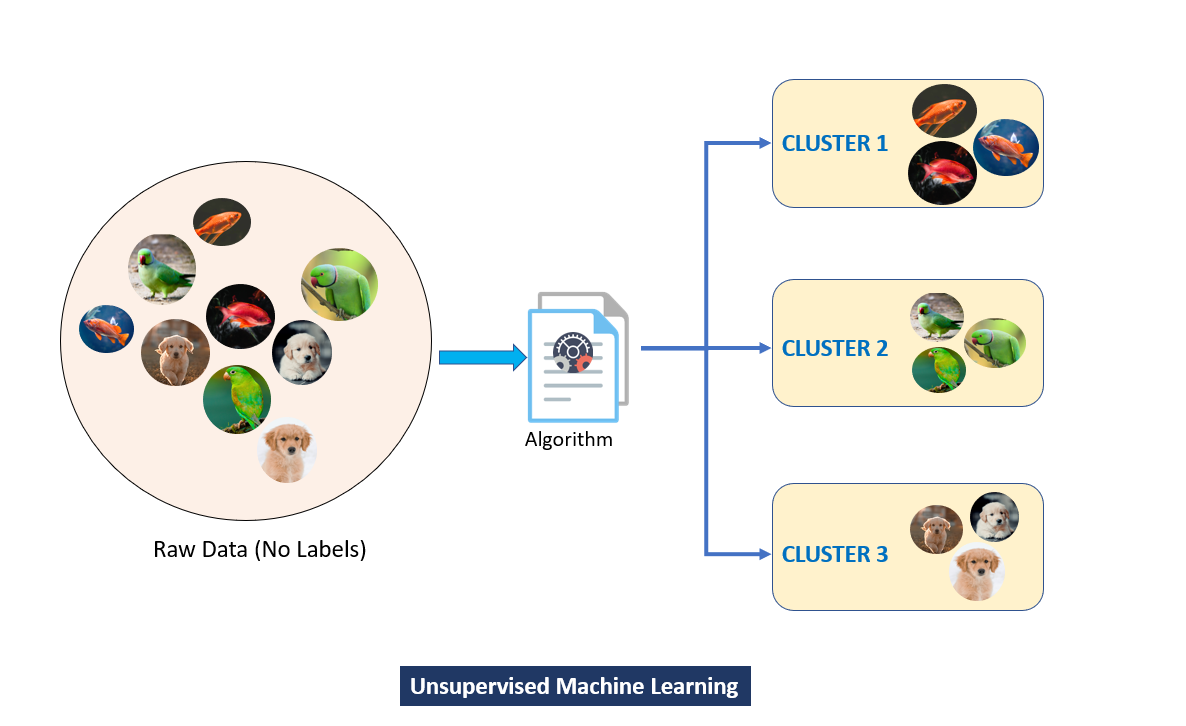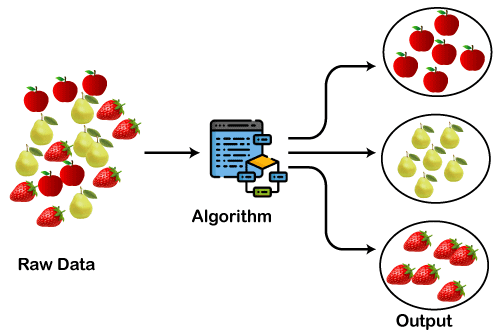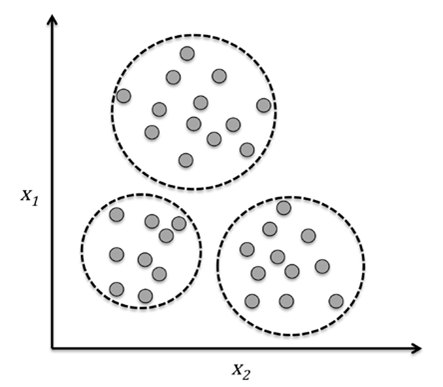Clustering is a fundamental concept in machine learning that plays a pivotal role in understanding and organizing data. Whether you are exploring customer segmentation, document classification, or anomaly detection, clustering techniques are often the go-to solution. This blog will delve deep into clustering, its types, algorithms, and their applications, helping you grasp its significance in the machine learning landscape.
What Is Clustering in Machine Learning?
Clustering is an unsupervised learning technique used to group similar data points into clusters. Unlike supervised learning, where the data comes with labeled outputs, clustering relies purely on the inherent structure of the data. The goal is to ensure that data points within a cluster are similar to each other while being distinct from those in other clusters. For example, in marketing, clustering can help identify groups of customers with similar purchasing habits.


Types of Clustering Techniques in Machine Learning:
Clustering techniques can be broadly categorized based on their approach to grouping data:
- Connectivity Models: These models focus on the distance between data points. Points closer to each other are more likely to be grouped together.
- Centroid Models: Centroid-based methods assign data points to clusters based on their proximity to the cluster center, or centroid.
- Distribution Models: These models use probability distributions to form clusters, assuming that data points follow a specific distribution.
- Density Models: These focus on identifying regions of high data density, treating sparse areas as boundaries.
Each of these approaches offers unique advantages and challenges, making them suitable for different types of datasets.


Different Types of Clustering Algorithms
Clustering algorithms are the tools used to implement the above techniques. Let’s explore some popular ones:
Connectivity Models:
Hierarchical Clustering: Builds a tree-like structure by recursively merging or splitting clusters. It can be agglomerative (bottom-up) or divisive (top-down).
Centroid Models
K-Means Clustering: Partitions the data into a pre-defined number of clusters. It iteratively adjusts the centroids to minimize intra-cluster variance.
Distribution Models
Gaussian Mixture Models (GMMs): Based on the assumption that data is generated from a mixture of several Gaussian distributions, each representing a cluster.
Density Models
DBSCAN (Density-Based Spatial Clustering of Applications with Noise): Groups data points that are closely packed together while identifying outliers as noise.
Other Advanced Techniques
- BIRCH (Balanced Iterative Reducing and Clustering Using Hierarchies): Efficiently handles large datasets by building a tree structure.
- MeanShift: Identifies high-density regions by shifting data points iteratively toward the mode of the density.
K-Means Clustering in details:
K-Means is perhaps the most popular clustering algorithm due to its simplicity and efficiency. It starts by initializing K cluster centroids and iteratively assigns data points to the nearest centroid, updating their positions until convergence. Despite its popularity, K-Means is sensitive to the initial placement of centroids and assumes clusters are spherical.


Hierarchical Clustering in details:
Hierarchical clustering organizes data into a dendrogram, a tree-like structure. The algorithm doesn’t require pre-defining the number of clusters, making it versatile. However, its computational cost can be prohibitive for large datasets.
Difference Between K-Means and Hierarchical Clustering:
| Aspect | K-Means | Hierarchical Clustering |
|---|---|---|
| Cluster Shape | Spherical | Any Shape |
| Scalability | High | Low |
| Number of Clusters | Pre-defined | Determined by the algorithm |
| Algorithm Type | Iterative | Recursive |
Applications of Clustering
Clustering has applications across industries:
- Marketing: Customer segmentation to tailor marketing campaigns.
- Healthcare: Grouping patients based on symptoms or genetic profiles.
- Finance: Detecting fraudulent activities through anomaly detection.
- Image Processing: Image segmentation and object recognition.
- Social Media: Community detection in social networks.
Improving Supervised Learning Algorithms With Clustering
Clustering can enhance supervised learning in several ways:
- Data Preprocessing: Helps in identifying outliers or organizing data into meaningful groups.
- Feature Engineering: Cluster labels can serve as additional features.
- Semi-Supervised Learning: Labels a small subset of data and uses clusters to infer the rest.
Exploring Popular Clustering Algorithms
1. MeanShift
A non-parametric algorithm that identifies dense regions in the data. It’s versatile and doesn’t require pre-specifying the number of clusters but can be computationally expensive.
2. DBSCAN
Ideal for datasets with varying densities, DBSCAN excels at identifying outliers. It’s robust but struggles with datasets containing clusters of differing sizes.
3. BIRCH
Optimized for large datasets, BIRCH builds a clustering feature tree to summarize the data, making it faster and more scalable.
Clustering is a cornerstone of machine learning, offering powerful tools for uncovering patterns in data. From simple techniques like K-Means to advanced methods like DBSCAN and BIRCH, each algorithm has its strengths and weaknesses. Understanding these nuances enables practitioners to select the right approach for their data. Whether you’re enhancing supervised learning or solving real-world problems, clustering remains an indispensable part of the machine learning toolkit.







